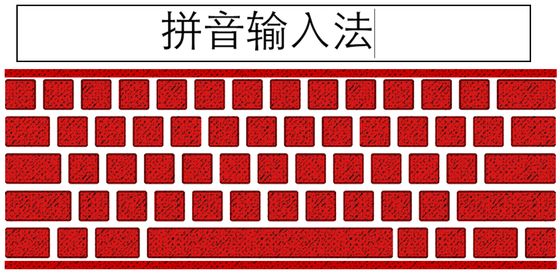A guide to the most popular free email service providers in China
When Google left China in 2009, Gmail users were suddenly separated from their precious messages. Although this was handy for the “Sorry, I didn’t see your email” excuse, used by many an office worker too lazy to follow up with everything in their inbox, the Great Firewall didn’t exactly help with productivity.
For now, a few other foreign email service providers remain accessible in China, but with a trade war raging and foreign companies frequently caught in damaging scandals, you never know when they might be shut down. Best, then, to keep in touch using a domestic-based email service.
Here we walk you through six China mailboxes to try. These first three have English interfaces and accept international phone numbers for registration:
Suffix: @qq.com, @foxmail.com
QQ Mail was launched by Tencent in 2002, and purchased Foxmail in 2005. It currently has more than 100 million users. This service allows for attachments of up to 1GB and provides real-time notifications and CV-builder functions. Users automatically get a QQ email address when they sign up for the QQ instant messaging platform, and the address uses the user’s QQ number as the default address prefix (so it may not be the easiest to memorize). Users can, however, edit this in their settings.
Some functions are integrated with Tencent’s other platforms. Notably, users can send messages from their QQ email address within WeChat.

Suffix: @163.com, @126.com, @yeah.net
NetEase, also referred to as 163, is the largest email service provider in China. It had more than 940 million users as of 2017. Highlights of this service include its security features, such as SSL email encryption and embedded antivirus scanning for email attachments. A NetEase mail account can be used with other NetEase products and services, like online games, blogs, and music streaming.
Suffix: @aliyun.com
Alimail is built on Alibaba’s cloud server. Alibaba took over Yahoo China in 2013, with the latter transferring user accounts to Alimail. Alimail’s main focus is to hosting corporate and business emails, and provides services such as cloud-based shared storage and integration with DingTalk, Alibaba’s business instant messaging and collaboration platform. Its personal email service, however, offers some impressive features, like a 2GB limit on email attachments and up to 60GB of email storage. Unlike QQ and NetEase, Alimail doesn’t provide integration with other Alibaba services, such as Taobao or Alipay.
Email offered by mobile service providers
Mobile service providers in China also offer their own simple email platforms, using the phone number as the address prefix. Common features among these email services are subscriptions that give a breakdown of the user’s monthly phone bill and text notifications when emails are received. In addition to the free-tier, various paid-tiers are available. But note, these platforms do not provide English interfaces.
China Mobile (139 Mail)

Suffix: @139.com
China Mobile customers are automatically given an email address for 139 Mail, so there’s no sign-up hassle. Customers of other providers can still get an account through the 139.com website. Along with the traditional login method, 139 Mail offers login through a verification code sent by text message—no more memorizing passwords. The free tier offers 2GB of email storage, up to 2GB email attachments, and the ability to send text messages to any Chinese phone number by email.
China Unicom (Wo Mail)

Suffix: @wo.cn
Unless they request it, China Unicom customers do not automatically receive an email address with their phone plan. Users can sign-up through their website, mobile app, or via text message. Wo Mail offers 500 megabyte email storage and up to 15 megabyte attachments on their free-tier—the smallest among the mobile service providers. They also allow users to send text messages via email, but only to recipients with a China Unicom number.
China Telecom (189 Mail)
Suffix: @189.cn
China Telecom customers can sign up for 189 Mail by text message, while customers of other providers can sign up through their website. 189 Mail’s free tier offers 15GB cloud storage that is shared between email and other uploaded files. File attachment size is limited to 50 megabytes, while larger attachments will be uploaded to their cloud storage and sent as a download link. Sending text messages through email is supported by 189 Mail, but there is a limit of 20 messages per month.
Finally, here are some essential Chinese email terms:
邮箱 (yóuxiāng): Mailbox (can also be short for 邮箱地址)
邮件 (yóujiàn): Email
邮箱地址 (yóuxiāng dìzhǐ): Email address
收件人 (shōujiànrén): Recipient/To
抄送 (chāosòng): Cc
密送 (mìsòng): Bcc
收件箱 (shōujiànxiāng): Inbox
草稿箱 (cǎogǎoxiāng): Draft folder
发送 (fāsòng): Send
回复 (huífù): Reply
附件 (fùjiàn): Attachment
转发 (zhuǎnfā): Forward
垃圾邮件 (lājīyóujiàn): Spam
已删除 (yǐ shānchú): Trash/Deleted mail
已发送 (Yǐ fāsòng): Sent mail
容量 (róngliàng): Storage space












